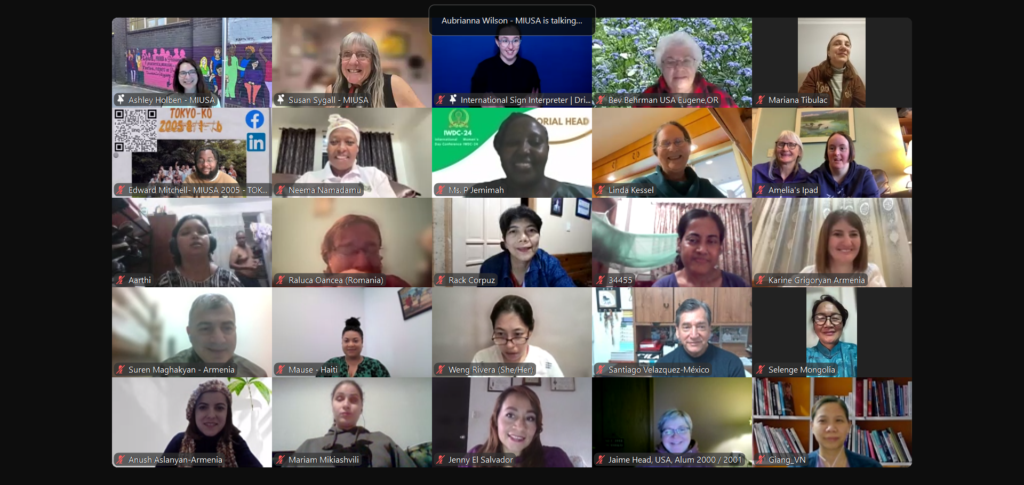The good news for students with disabilities is that more institutions and organizations are increasing education abroad scholarships and exploring new models to provide access to a greater diversity of students, according to the Forum on Education Abroad’s State of the Field survey in 2015. However, other top strategies, such as increasing the number of programs or diversity of programs, seem part of the everyday work already being done.
The factors on campuses that would support further participation are at the same time challenges, according to the State of the Field Survey, because they rely on more commitments from outside the international education office including:
I would hasten to add multi-cultural and disability service offices to that list as well. Competing priorities and perspectives sometimes prevents bridging with these communities and mobilizing them to rally to the cause of more students, and a diversity of students, studying abroad.
What if the international education field broadened its perspective to embrace the challenge? This would entail making a commitment with these external players on a consistent basis in order to get the buy-in needed in return.
Could investing in just one strategy make a huge leap forward in participation? If so, how does the field shift that dynamic together?
The underutilized resources already exist. National associations, government agencies, non-profits, and large universities help to create a focus on these hard to tackle strategies that individual campuses can then implement.
These member-based associations or grant-funded ones like MIUSA, which administers the U.S. State Department-funded National Clearinghouse on Disability and Exchange, are there as a resource to convene the international education field in influencing these broader relationships. This is done through activities such as:
One emerging trend points to faculty as the key collaborators to bring on board to increase student participation.
I have noticed the Forum on Education Abroad and NAFSA conferences had sessions and workshops on training faculty leaders. The IIENetworker magazine had its Spring 2016 issue on faculty involvement in supporting internationalization, and the CIEE conference theme for Fall 2016 is on faculty partnerships. At MIUSA, we offer examples of best practices, as well as tipsheets and stories, on working with faculty to lead disability inclusive programs (see links below).
Why do we care? If international education offices are able to get more commitments across their institutions and among faculty, then it is hopeful this will increase participation at greater levels. By leaping forward overall, it will make our mission of increasing student with disabilities participation more viable in riding the momentum and sharing in the success.
MIUSA is a Generation Study Abroad commitment partner, chair of the Forum on Education Abroad’s Data Committee, and co-chair of NAFSA’s International Education of Persons with Disabilities MIG so join us at upcoming conferences to delve into this more!
Sign up for our E-News






Manage Your Privacy